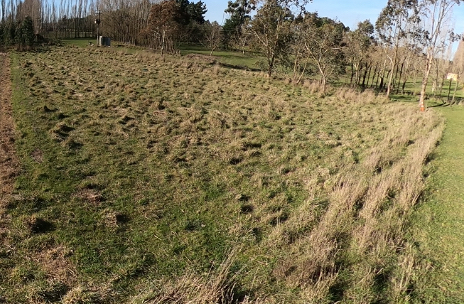The opportunity we have is that there is an unused patch of land that we have requested access to develop. The approach we want to take is on the borderline of regenerative agriculture and permaculture, we want to both increase the diversity and health of the soil while also turning the area into a productive market garden.
We are not experienced in either practice/methodology and see this as an opportunity to learn and grow in ourselves as much as on the land. Like the term Agile is used in product design and development, we have cherry-picked the parts we believe that we will be able to manage.
On the Regenerative Agriculture side, we are going to be focusing on:
- Building soils
- Restoring watercourses (in our case it will be water storage in the soil/local area)
- Encouraging biodiversity
- Reducing dependency on outside inputs
On the Permaculture Agriculture side, we are going to be focusing on the conscious design and maintenance of agriculturally productive ecosystems that have the diversity, stability, and resilience of natural ecosystems:
- Working with, rather than against nature
- Looking at systems in all their functions, rather than forcing a system to manage a mono-crop
- Allowing systems to demonstrate their own strengths.
How are we going to measure if there has been any improvement?
The current situation is that there will be change, but will that change be good? Working out how to measure this is something of interest to us. There are several factors that we believe we can use to establish if what we do have improved the situation, and these include;
- ABOVE GROUND INSECTS: We will complete an insect count, and in 3, 6, 12 months time we will complete the same count of the same area
- BELOW GROUND INSECTS: We will complete an insect count, and see if there is a change over time
- SOIL PH: We will test several points of interest and see if there is a change over time
- SOIL MOISTURE: We will test several points and see if this changes over time
- SOIL DEPTH: We will test several points and see if this changes over time
- PLANT HEALTH: We will photograph our plot over a period and see if the plants look ‘happier’ than those grown in nearby areas
- PLANTS: We will complete a plant diversity count, and in 3, 6, 12 months time we will complete the same count in the same area. It is assumed at this stage, that the count WILL change as we will be introducing new plants to the area. We will therefore include a control area, perhaps a central path
What we are planning:
We have started by having the area grazed by sheep, thank you to the neighbouring property. From our experience of home gardens and increasing the diversity of both plant and bug life, and given that the area isn’t massive (it is only 15 x 35 meters) – we plan the following:
- No weed killers – weeds are plants too, and we believe that they probably can add some value. We will manually pull out invasive weeds if needed, however, we expect that we will be able to increase the diversity and this will transform what happily grows in the space. The fact that only grass is growing shows that there is quite an imbalance to us.
- Keep the ground covered. Any area that is open to wind and sun will have moisture and goodness sucked out of it. We’ve seen this in our raised garden beds, it is important to have a cover crop of some kind, and the grass that is there at the moment will be adding goodness.
- We will introduce more variety of plants, flowers to attract bees, legumes to draw nutrients to the surface, herbs to help give some structure to the design. Cover crops to increase the variety of plant matter in the ‘chop and drop’ mulches.
- We will selectively cover areas of the grass with a layer of non-treated rotted wood chips and bark. The aim here is to increase water absorption and to attempt to increase the fungal nature of the soil. Allow this to rot and mix in.
- Hand plant in sunflowers. The aim here is to provide some layered shade for lower crops – we’ve also already established that sunflowers are quite frost hardy and in autumn help protect pumpkins, beans and peas planted in another area – extending their growing periods.
- Water issues. We will request that the area will not be included in the mass watering via irrigators and transition to hand watering and then moving on to self-watering by building up the soil and its resilience to moisture loss. We have access to lucerne bales and will attempt to add these to areas to encourage water storage in-bale. We have access to a 1000lt water container and will attempt to collect water for local delivery.
- Soil conditioners. We will introduce homemade compost, biochar, compost tea, and between winter seasons request that the area is grazed.
Challenges we are up against?
- Lack of time to make changes
- Lack of funding
- Water
- Unknown history
- An unknown period of time for use of the land
What do we know about the land?
Historic images suggest that the land has been used for cropping and grazing since the 1940s. Below snapshots taken from the various images at Canterbury Historic Aerial Imagery – which is a fantastic resource. From the 1940s imagery, there is evidence of a watercourse and later a pump house and well appears to be added inline with this watercourse path.
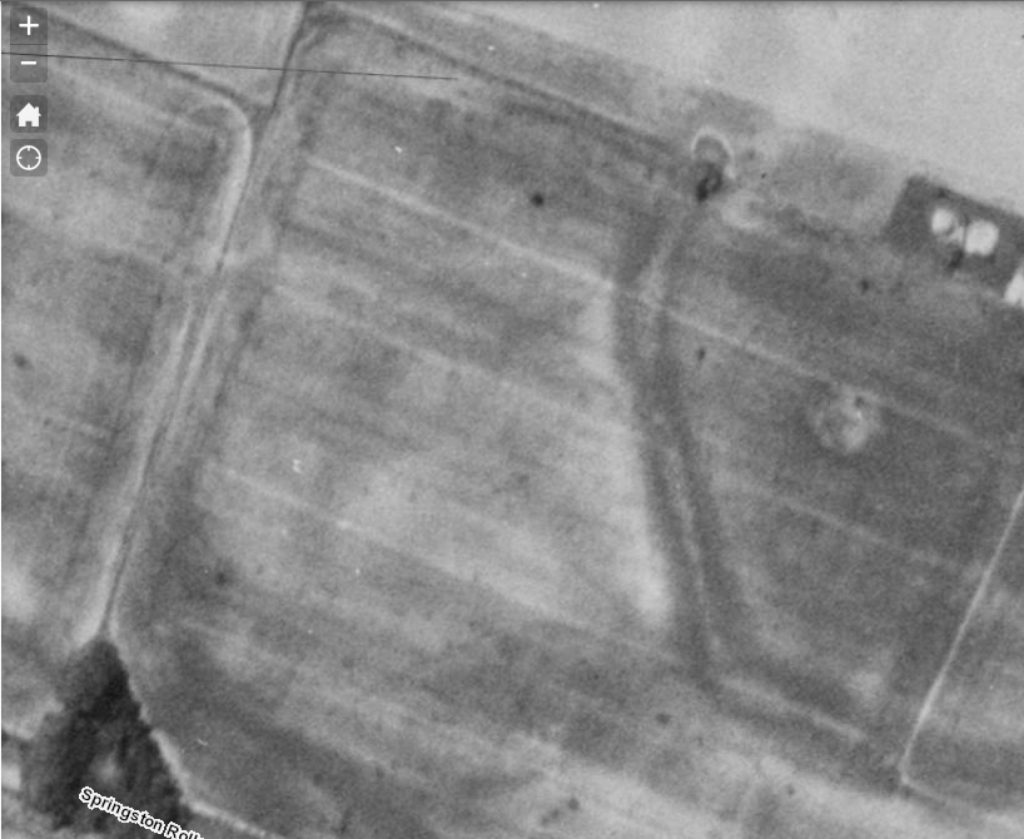

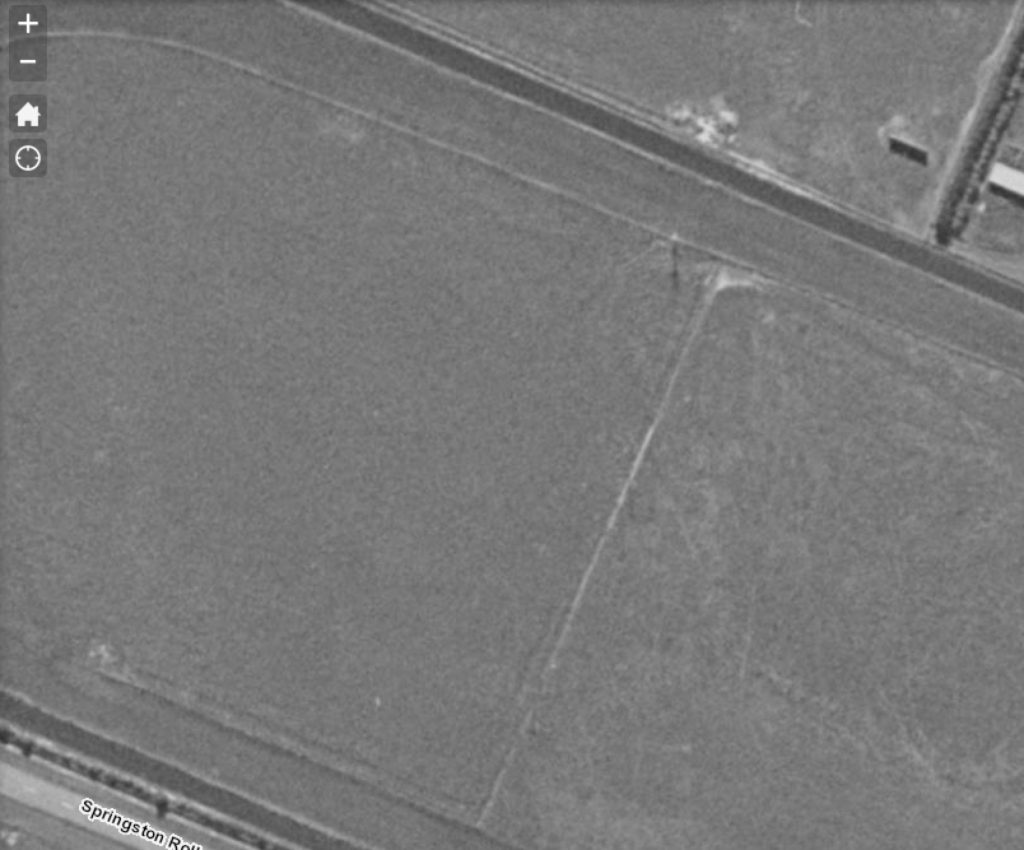
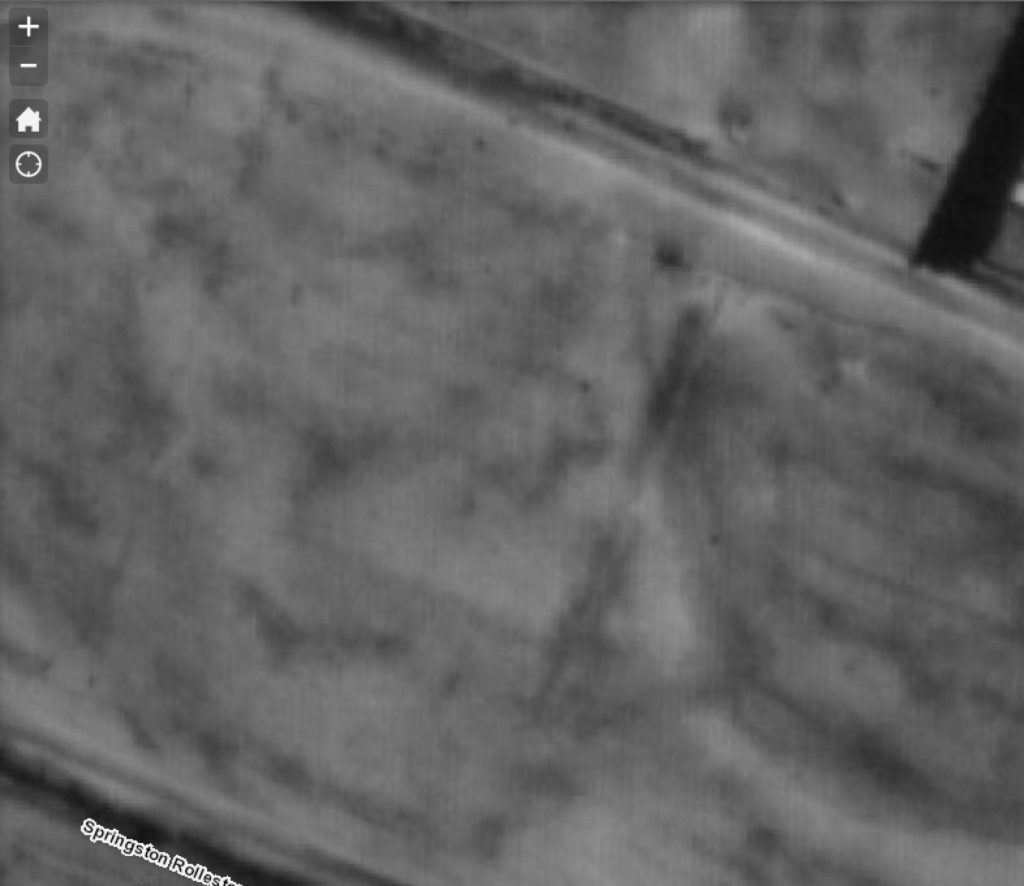

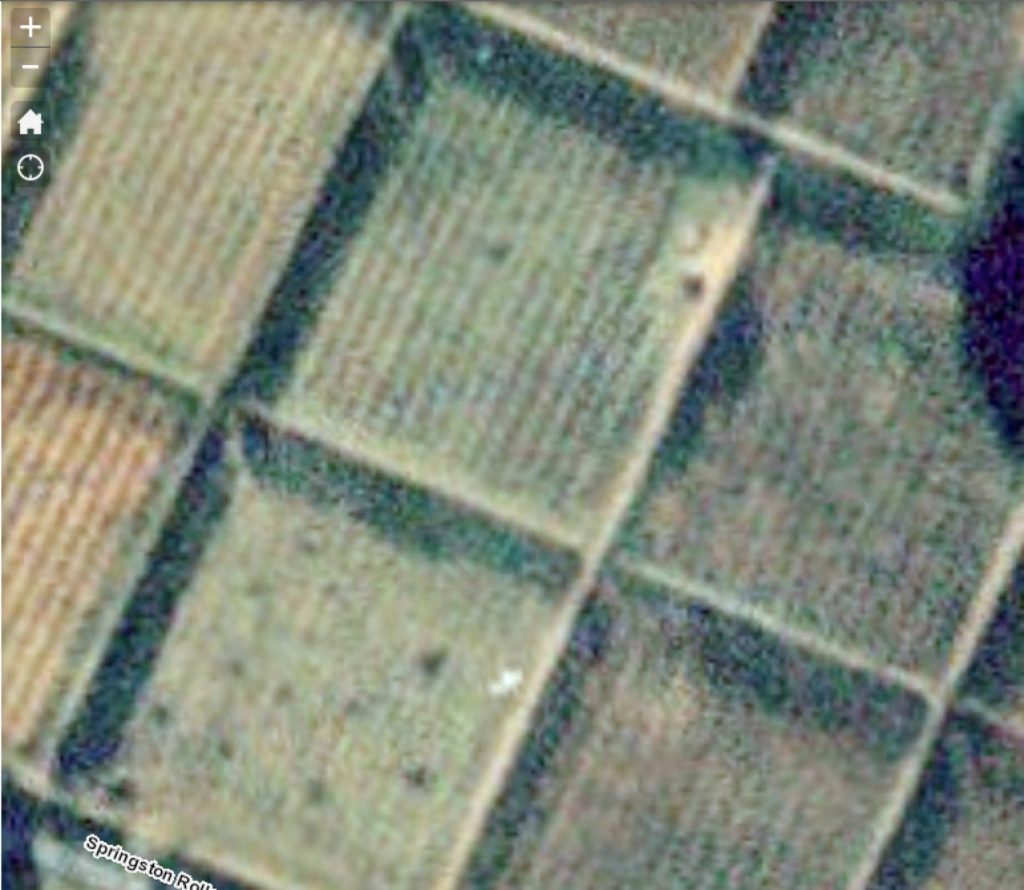
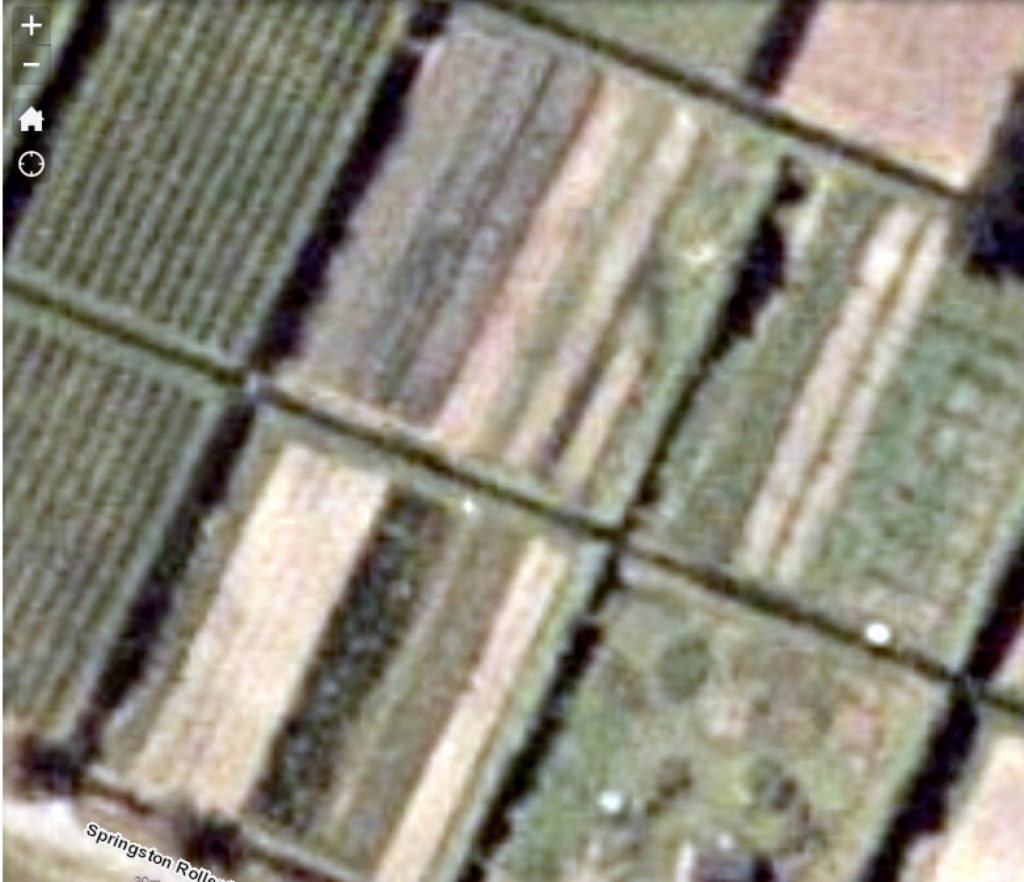
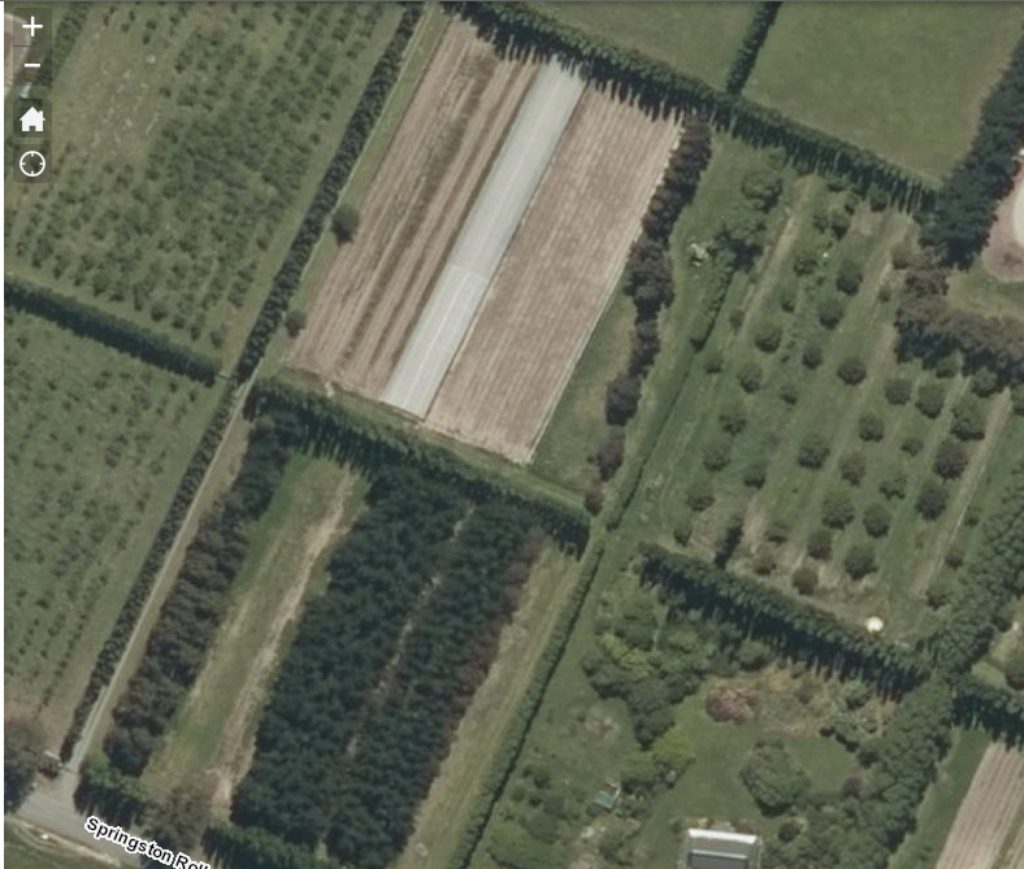
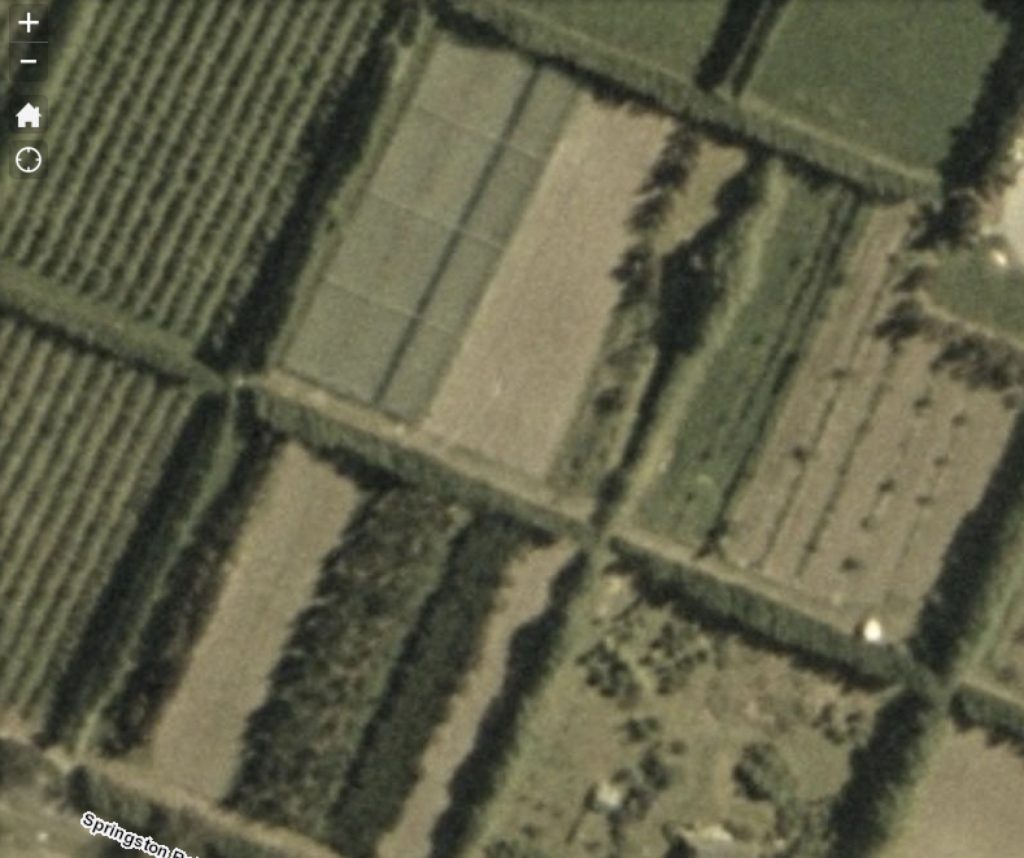
From other resources, we have discovered more data, some of it might be useful in time, most of it we have no idea what it all means. More to learn.
From Canterbury Maps
Sibling Texture Description: loam
Long Soil Name: Eyre shallow loam / Templeton moderately deep silty loam
NZSC Description: Weathered Orthic Recent Soils
Permeability Code: moderate over rapid
Sibling Depth Code: Shallow (20 – 45 cm)
Sibling Drainage Code: Well-drained
Root Barrier Code: Extremely gravelly
